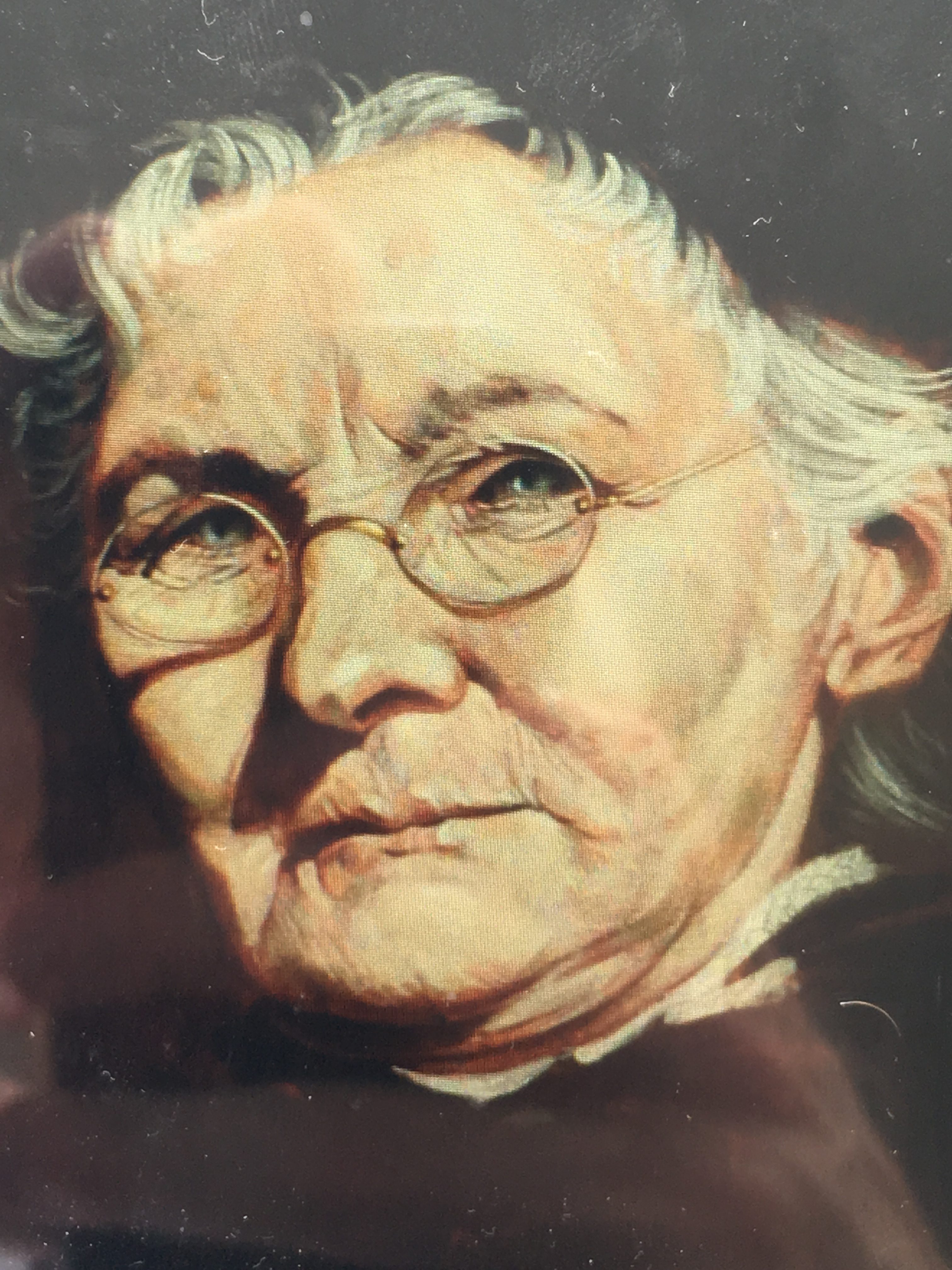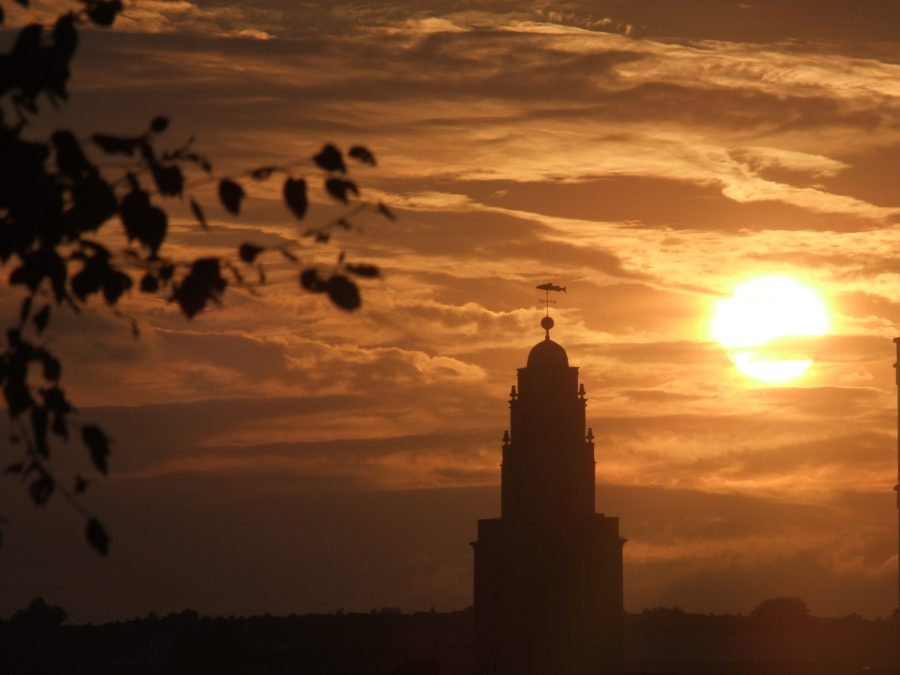
Trail Starts at North Gate Bridge:
Below is a brief historical walking trail, which covers some of the topics on my physical walking tour. The information is abstracted from various articles from my Our City, Our Town column in the Cork Independent, 1999-present day, Cork Independent Our City, Our Town Articles | Cork Heritage
Introduction:
Watch an insight into the strong sense of place of Shandon at the annual Shandon Street Festival 🙂
Film that captures the magic of Cork’s Shandon Street Festival. Song: ‘Cork City Is My Home’. Original Lyrics & Music by Richard T. Cooke.
North Gate Bridge:
In the time of the Anglo Normans establishing a fortified walled settlement and a trading centre in Cork around 1200 A.D., North Gate Drawbridge formed one of the three entrances –South Gate and Watergate being the others. North Gate Drawbridge was a wooden structure and was annually subjected to severe winter flooding, being almost destroyed in each instance.
In May 1711, agreement was reached by the council of the City that North Gate Bridge be rebuilt in stone in 1712 while in 1713, South Gate Bridge would be replaced with a stone arched structures. The new North and South Gate bridges were designed and built by George Coltsman, a Cork City stone mason/ architect.
Between 1713 and the early 1800s, the only structural work completed on North Gate Bridge was the repairing and widening of it by the Corporation of Cork. It was in 1831 that they saw that the structure was deteriorating and deemed it unsafe as a river crossing for horses, carts, and coaches. Hence in October 1861, the plans by Cork architect Sir John Benson for a new bridge were accepted. In April 1863, the foundation stone for the new bridge was laid.
The new bridge was to be a cast-iron structure with the iron work completed by Ranking & Co. of Liverpool. An ornate Victorian style was incorporated into the new structure with features such as ornamental lampposts and iron medallions depicting Queen Victoria, Albert the Prince Consort, Daniel O’ Connell, the Irish ” Liberator ” and Sir Thomas Moore, the famous English poet. The new North Gate Bridge was officially opened on 17 March, St. Patrick’s Day 1864 by the Mayor John Francis Maguire in the company of Sir John Benson, the designer and Barry McMullen, the contractor. Nearly 100 years later – circa early 1960s, the bridge would have to be reconstructed again due to increased traffic.
On 6 November 1961, the new and present day bridge, of concrete slabs was opened by Lord Mayor, Antony Barry T.D. accompanied by the Parish Priest of SS. Peter’s and Paul’s Church, the very Rev. Canon J. Fehily who blessed the structure before it was opened. The new bridge was named Griffith Bridge in honour of Arthur Griffith who was a famous Politician / Republican in Ireland in the early 1920s.
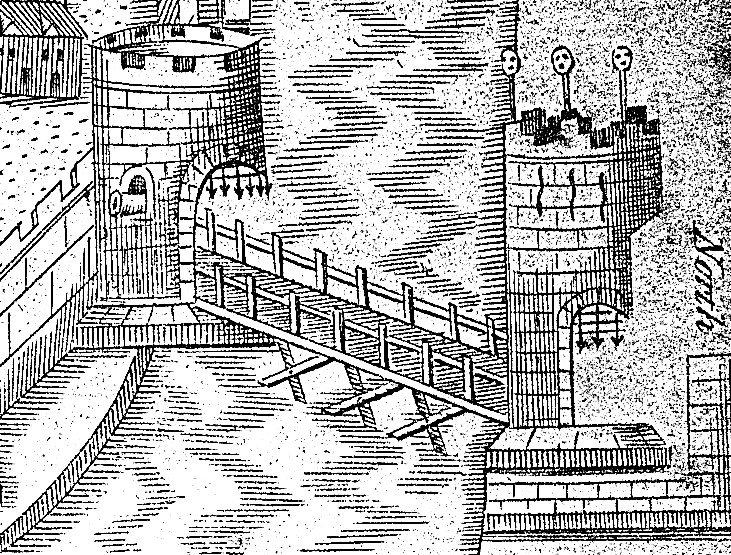

North Mall and the Franciscan Abbey:
In the twelfth and thirteenth centuries, a number of religious houses were established in the suburbs of the walled town of Cork. In the northern suburbs, large tracts of land were owned by the Franciscans who a established an abbey on what is now the North Mall. The abbey was founded in 1229 by the Irish chieftain, Dermot McCarthy, King of Desmond who was loyal to the English monarch at the time, Henry II. It became commonly known as the North Abbey and flourished for nearly three centuries in particular in terms of the constant population size of its occupants and the financial support from the surrounding lay community in Munster.
Depictions of the walled town in particular in the Pacata Hibernia, c. 1585-1600 show the North Abbey to have at least a church with a belfry, which separated the altar area from the congregation area. The friary was built against a rock face and dedicated to Our Lady.
In April 1540, a royal survey conducted by officials, sent by the English monarch Henry VIII, detailed that the site of the abbey comprised one hall, one kitchen, one cloister, six large dormitory chambers, six cellars, a water mill, a fishing place for salmon, a salmon weir, and several plots of land in the townland of “Teampal na mBrathar” or “Church of the Monks”. Belonging to the abbey also was a dole house or a dwelling existed, which tended to the impoverished people of the Cork area. This stood just to the east of the main complex and in a present day context was located in the vicinity of North Abbey Square on the North Mall. Placename evidence also suggests that the friars possessed a chapel in the northern suburbs overlooking the walled town known as “Cilleen na Gurranaigh” or” The Little Church of the Groves”. In time, this placename changed to “Gurradh na mBrathair” or “Friars’ Grove”, which is highlighted in the present day northern suburb of Cork City known as Gurranabrahar.
The Abbey buildings still existed in the early half of the 1700s but did disappear over time under eighteenth and nineteenth century housing on the North Mall. Perhaps, the most known remaining feature of the North Abbey is its water well. The well is situated at the foot of a rock face, on the grounds of a new bar called the Abbey Tavern and is located within a stone-built well house. The well is said to be holy in nature but is not dedicated to any particular saint and at one time is reputed to have been used by Corkonian as a cure for sore eyes, consumption and other ailments. Next to the well on its west side, there is a second stone walled room, which is partially cut out of the domineering rock face. The purpose of this room is unknown but the rockface forms the end wall after a number of metres into this space. Legend has it that beyond this end wall is an underground passage leading up into the environs the Gurranabraher. However, the same legend does notrelate any stories of its usage.
In the years 1730 to 1750, evidence shows that the Franciscan Order moved from the North Mall to the inner city. By 1750, the Franciscans had established a central friary in Broad Lane, which today is part of the present site of St. Francis Church, built in 1953 on Liberty Street.

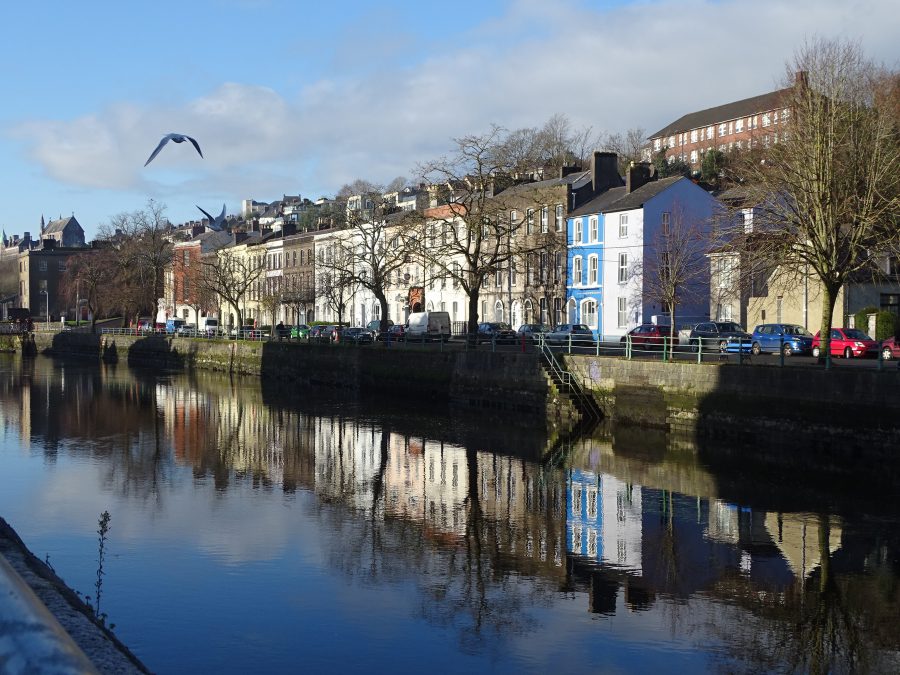
Blarney Street and Frank O’Connor:
Blarney Street is Cork’s longest street, a haven of rest for all true Corkonians, past and present. In the eighteenth century, it was one of the first streets, butter merchants encountered on their journey to the market. Eminent writer Frank O’Connor as a young child spent time exploring and playing in the myriad of lanes and back gardens of the area.
Frank O’Connor, the pseudonym of Michael Francis O’Donovan, was born in Cork on 17 September 1903. He was born on Douglas Street but shortly afterwards moved to 251 Blarney Street where his early childhood was spent playing under the watchful Shandon tower. At five years old, he and his family moved to Harrington Square in the Dillon’s Cross district. While a child, O’Connor came under the tutorage of Daniel Corkery who developed and nurtured his love of Gaelic literature, Irish drama and the artistic heritage of Europe. With this love, O’Connor fought for Ireland in the Irish Civil war in the early 1920s and was interned in Gormanstown Camp, Co. Meath for his Republican activities.
After his release, Frank O’Connor worked as a librarian in Sligo and Wicklow. In 1925 he became Librarian of Cork County. In 1938, he resigned from the Cork post and decided to devote himself to literature. He thereafter made his living through writing, lecturing and broadcasting. He spent much time in England and the USA.
O’Connor’s work included two novels, the life of Michael Collins, The Big Fellow (1937), and translations from the Irish literary criticisms and dramatisations. His first volume of short stories was Guests of the Nation (1930), which drew on material from his experiences while running dispatches during the War of Independence. Other collections comprised Bones of Contention (1936), Crab Apple Jelly (1944), Traveller’s Samples (1951) and Domestic Relations (1957). He also wrote two volumes of autobiography, A Lonely Child (1961) and My Father’s Son (1969). His critical work comprised The Lonely Voice, A Study of the Short Story (1962). Throughout his work, O’Connor recorded what he deemed the “flashpoints” of human existence. Frank O’Connor died in Dublin of a heart attack on 10 March 1966.

Watch insights into Frank O’Connor archives at UCC:
Buckley’s Drapery, Late Georgian Splendour:
Overlooked by Shandon and the North Cathedral, symbols of everything that is Cork, Buckley’s as a fashion centre has served the local area and further afield for over seventy five years. The management of Buckley’s have now finished a thorough renovation of their nineteenth century building. To avoid losing the sense of history in the structure, several interior architectural pieces of note have been amalgamated into the new structure. Management have noted it as the marriage of the past, present and future.
Of course, Buckley’s has been renovated against the backdrop of the Shandon Renewal Scheme and the conservation plan for St. Anne’s Shandon. However, Buckley’s is unique as its management did not have access to EU, national or local funding. With the concept of sustainability in mind or the preservation of the past for future generations to enjoy, Buckley’s has kept the sense of identity of the building not just on the site but as part of the wider Shandon Street area.
The architecture of Buckley’s building is of cultural significance. Architecture does give a city its character. It can express the ideas of the age it was invented in. Perhaps what comes to mind about the conservation of architecture in a building such as Buckley’s is that the life of Cork’s cultural heritage and our values are prolonged.
A building such as Buckley’s can contribute to the story of how we came to be the way we are now. More importantly though, as with Buckley’s, the existing fabric is the framework for its own future development. Before renovation, the rich history of the site was unravelled. The site itself can be mapped back to Storey’s map of Cork in 1690 when a wooden cabin was on the spot.
A late Georgian style, circa the year 1820 is quite apparent in Buckley’s – a high pitched building with red brick in its façade. Prior to renovation, in the upper rooms of Buckley’s, the residue of the former days of the apartments of middle class residents such as a central cornice remained as a testament to this great era in Cork’s history. In these illustrious rooms, remains of the aspiration to fit in with middle class counterparts were on display, a central cornice piece, beautifully decorated, large ornate doors with side panels and a staircase dating to Victorian times. In the late nineteenth century circa 1890, the provision shop of O’Connell’s owned 94 to 96 Shandon Street holding a steady trade until c.1925 when it closed. In 1929, Buckley’s was born and continues to flourish.


Cattle Market Avenue:
Cork as the Capital of a province, largely given over to cattle rearing, was a great centre for the export of livestock. As early as 1660, the export of cattle was quite considerable. The most important sources of supply were Imokilly, the Lee and Bandon valleys and above all the North Cork lowlands. In the early to mid eighteenth century, Cork merchants possessed the largest share of the Irish export trade in beef. In 1720, Cork merchants exported 58,916 barrels of beef while in 1745, the figure had escalated to 73,594 barrels. The 1745 Cork total represented almost sixty per cent of the full Irish export total.
The importance of beef to the English economy was reflected in 1747 in a Westminster Act, passed by George II, and which related directly to Cork. The Act provided legal powers to the Corporation of Cork exports to inspect any beef to be exported, and to provide a central market for inspection to take place, hence the name Cattle Market Avenue.
In 1748, two English gentlemen touring Ireland noted that 90,000 black cattle were killed for export purposes between August and December in the City’s Cattle Market near Shandon Street. In the western hemisphere, the West Indies provided the greatest market for provisions. Other export areas were Barbados, Carolina, Georgia, Jamaica and Newfoundland and Britain.
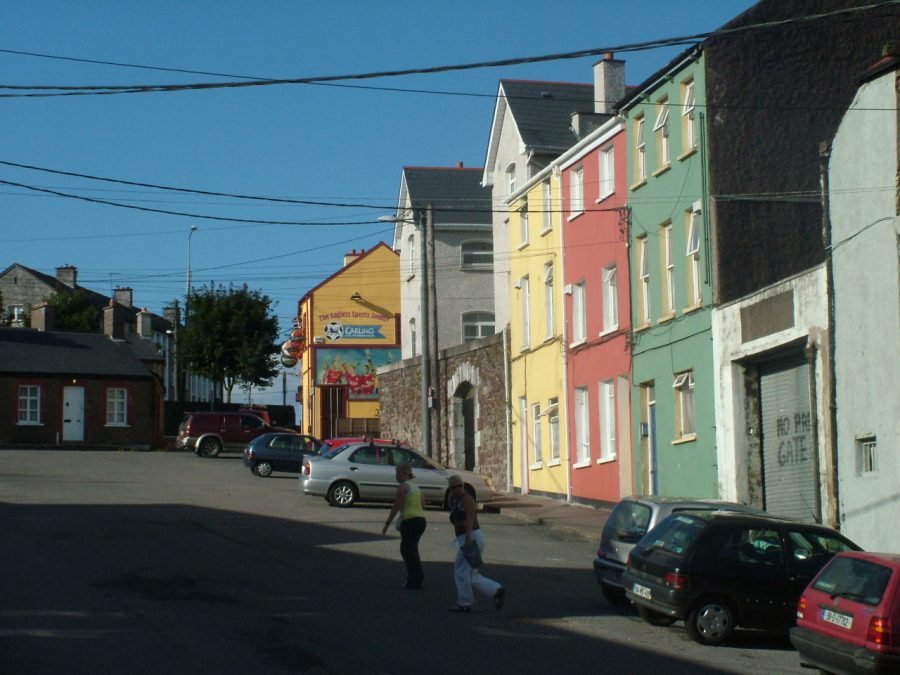
Cork Butter Market:
By the mid 1700s, the native butter industry in Cork had grown to such an extent that it was decided among the main city and county butter merchants that an institution be established in the city that would control and develop its potential – the ‘Committee of Butter Merchants’. Locating themselves in a simple commissioned building adjacent to Shandon, the group consisted of 21 members who were chosen by the merchants in the city.
In May 1770, it was decided by the Cork Committee that all butter to be exported from Cork was to be examined by appointed inspectors who had two main duties to perform. Firstly, they had to examine and determine the quality and weight of the butter. Secondly, they had to examine and report on the manner of packing and to detect and signs of fraud. On examination of the casks, the quality of butter was determined and they are awarded a ‘first’, ‘second’, ‘third’, ‘fourth’, ‘fifth’, or ‘sixth’. ‘First’ would be determines as ’superfine’ (excellent quality) while sixth butter was termed ‘grease’ (very poor quality). A penalty was imposed on the inspector if he or she made a poor judgement or was in a conspiracy with a merchant.
If one was a farmer involved in the butter industry, one brought one’s butter or hired a broker to bring one’s butter to the butter market from the country to the town. It did not matter at what time a farmer or a broker arrived with your butter as the market was open night and day. This was to facilitate sellers and perhaps to avoid concentrating business during mornings and afternoons. On arrival, a porter received the firkin or cask of butter, initialised it, chalked each cask and arranged them into lots so that they could be inspected the following day.
‘Cork Firsts’ were nearly always sent to Lisbon while ‘Cork seconds’ were sent to the West Indies. ‘Cork Thirds were sent to Southern England and to certain Scottish Ports. A butter cask had to be made from seasoned oak, sycamore or beech. Oak was particularly useful for preserving butter on long distance voyages. All firkins being shipped to places like Brazil and the West Indies via certain English ports were also bound in iron hoops and a small portion of butter was taken out to allow for pickle to be included which acted as a preservative of taste.
By the mid 1800s, the butter market had enlarged to such an extent that there was a large need for expansion of the premises. In 1849, an elaborate roman temple style portico, designed by Sir John Benson, was added to the front of the butter market and this was. In the late 1800s, there was a distinct decline in the economic fortunes of the city. The profits of the export provision trade of agricultural products such as butter and beef declined.
In 1858, 428,000 firkins of butter were been exported per annum and by 1891, this was reduced to 170,000 firkins. Competitive European prices out-competed the prices set by the butter market at Cork. Eventually, the Cork Butter Market closed in 1924. It’s next iteration was O’Gorman’s Hat Factory followed by a craft centre. The historic space currently awaits a new use.
In recent years, a butter museum, which is well worth visiting has opened up in the area.
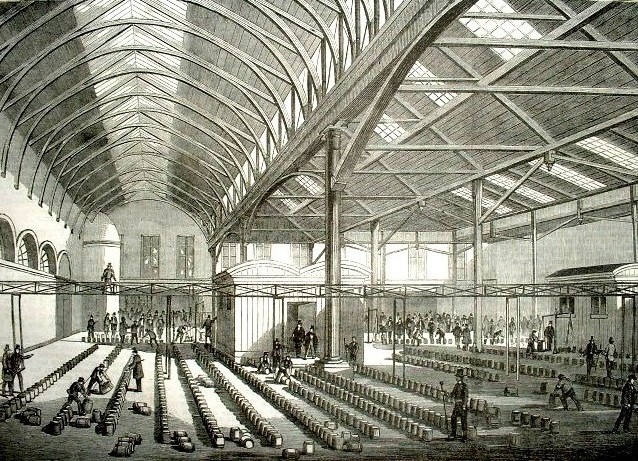
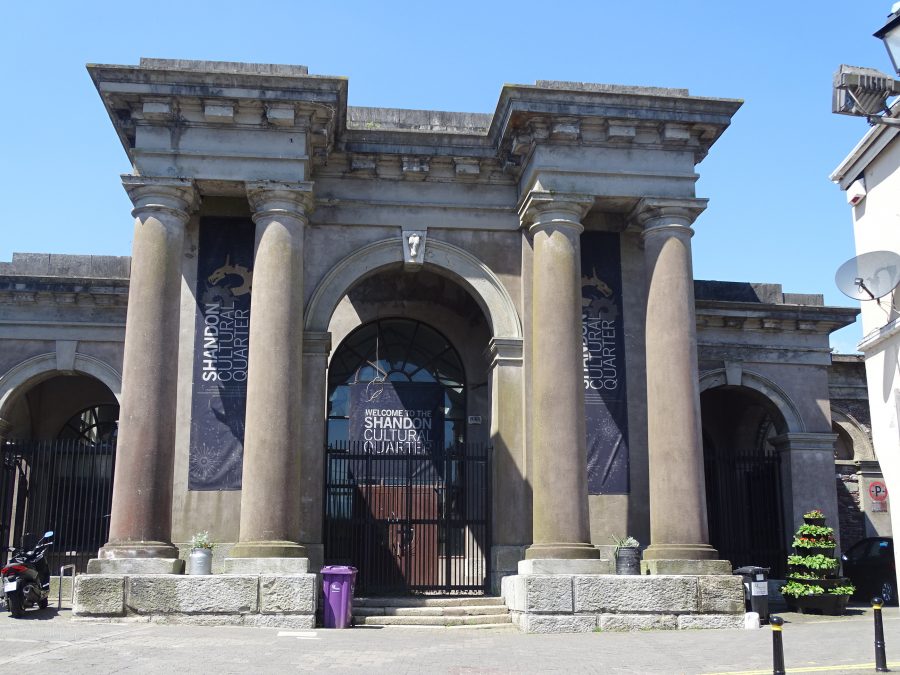
Watch a promo short film on Cork Butter Museum with curator Peter Foynes:
Shandon Castle:
The Firkin Crane now marks the site of the original ringfort of Sean Dun or Old Fort. President of the Munster Plantation George Carew’s map of Cork, c.1600, places an emphasis on a two towered structure called Shandon Castle, which replaced the old ringfort. Aligning old maps with newer ones of the city through the ages the Castle was on the site of what is now the Firkin Crane.
Between 1599 and 1600, Carew, Lord President of Munster, having undertaken his suppression of rebellion, took up his quarters at Shandon Castle, overlooking the walled town of Cork and its adjacent hinterland which he wished to watch over. It was a building of great physical and symbolic strength. Courts for criminal cases were frequently held here by the Lord President and the judge on circuit. Persons who rose up against the Munster Plantation were likewise imprisoned there.
Urban myth pitches Shandon Castle as standing on the verge of a precipice overhanging the Lee. It has been depicted as a kind of medieval castle keep with a large portcullis gate. Steep stairs called the Giant’s Steps leading to the nearby river Lee were cut through this precipice. An article by Rev James Dwyer in the Journal of the Cork Historical and Archaeological Society in 1897 notes that the steps were removed in the 1860s (possibly to create the laneways that now exist in the area, for example Rowland’s Lane and surrounds). The street adjoining the castle was popularly known by the name of Shandon Castle Lane, which is now Dominick Street.
The castle is originally is said to have been built initially by the Prendergasts. It passed to the De Cogans and the Barrys and served as a manorial feudal centre until Carew’s arrival. Kenneth Nicholls argues in Cork: History and Society (1993) that in the early fifteenth century that Shandon Castle and its vast territory which at one time was controlled by the Cogans, Barrys Rochfords and the Earls of Kildare.
Woulfe’s Irish Names and Surnames (1923) highlights that the Barry surname occurs in the earliest Anglo-Irish records, and has always been specially associated with the County of Cork. In the year 1179, Robert FitzStephen granted to his nephew, Philip de Barry, the three cantreds of Ui Liatháin, Muscraighe-trí-máighe, and Cinel Aodha, represented in time by the baronies of Barrymore, Orrery, and Kinalea. This grant was confirmed by King John in 1207 to William de Barry, son and heir of Philip.
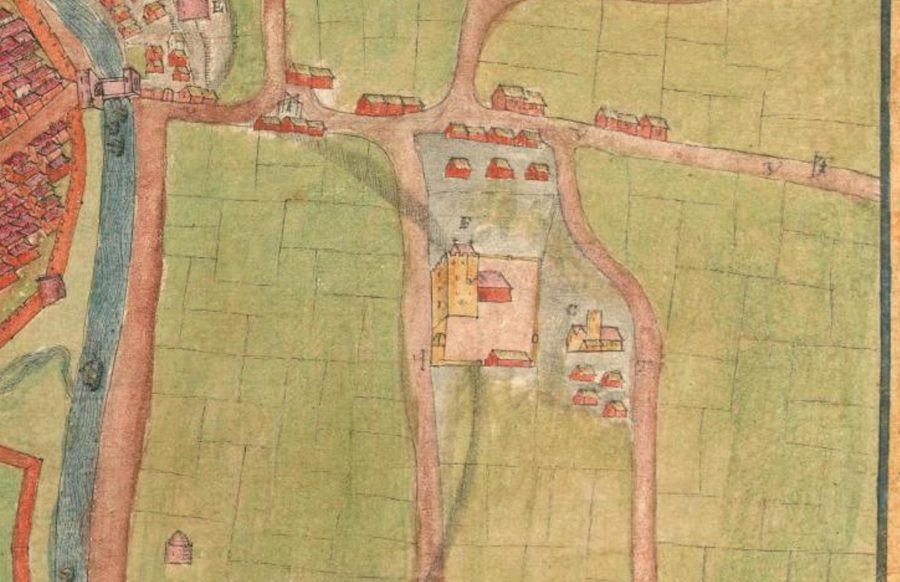
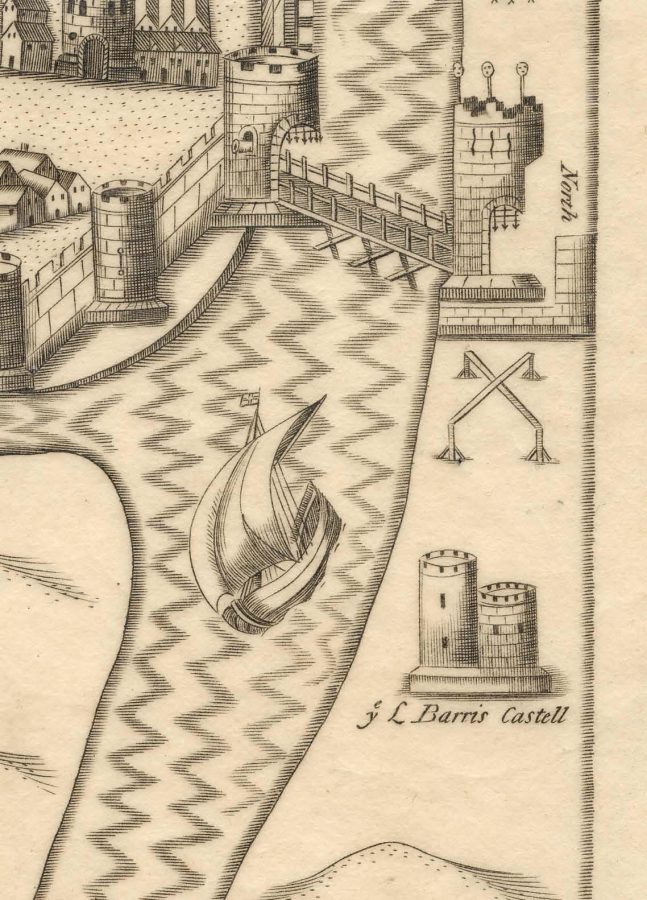
St Anne’s Church, Shandon:
For nearly 250 years, the bells of St. Anne’s Church have rung out over Cork City. Consequently their fame has spread all over the world especially with the immortal words of Rev. Francis Mahony’s poem “The Bells of Shandon” echoing behind their history; “With deep affection and collection, I often think of those Shandon Bells, whose sounds sounds so wild would, in days of childhood fling round my cradle their spells”.. Fr. Prout was the pen name of Fr. Francis Mahony, a regular cleric,who spent many years of his childhood living nearby, listening to the bells. Even in death, Fr Prout did not have travel far as his remains lie in a family vault close to the foot of the steeple.
The name Shandon comes from the Irish word ‘Sean Dún’, which means old fort and it said to mark the ringfort of the Irish family, MacCarthaigh who lived in the area circa 1,000 A.D. The site of this fort is now marked by the Firkin Crane, a dance development centre. St. Anne’s Shandon was built in 1722 to replace the older and local church of St. Mary’s, Shandon, which was destroyed in the siege of Cork in 1690 by English forces. In 1750 the firm of Abel Rudhall in Gloucester cast the famous bells of Shandon. On 7 December 1752, the bells were first used and were rung in celebration and recognition of the marriage of a certain Mr. Henry Harding to Miss Catherine Dorman. Inscriptions can be found on the bells, which contain messages of joy and death.
The architecture of the church and tower is an early English style.The peculiar feature of the tall church tower approximately forty metres in height is that the north and east sides are comprised of red sandstone while the south and west sides are composed of grey hewn limestone. The limestone came from the ruins of the Franciscan Abbey, which existed on the North Mall while the sandstone came from Shandon Castle near St Anne’s Shandon.
Rising from the main tower, which is in the shape of a telescope, are three further tiers, which end in a curved dome. Above this an ornamental gold coloured gilt ball, which is crowned by the cardinal points, north, south, west and east and a weather vane in the form of a fish. The giant glided fish four to five metres in length, symbolises salmon fishing. It is a very relevant sign to have in a church, as in the earliest days of Christianity, a fish was used as a symbol for the name of Our Lord.
The clock of Shandon with its four white faces was installed by Cork Corporation in 1847. It was made by James Mangan, a successful Cork watch-maker. The clock on Shandon is an efficient time keeper except for the fact that the minute hands on the east and west faces always go ahead of their accomplices, the north and south hands in the ascent from the half hour to the hour. Therefore obtaining its title, “the four-faced liar”. Nevertheless, complete concurrence is attained once more at the hour.
The machinery of the clock is said to weigh two tonnes and the dials are four metres in diameter. An inscription also exists on the machinery, which gives the warning; ” Passenger measure your time, for time is the measure of your being”. At the top of Shandon, A visit to St. Anne’s is well worth the effort for locals and visitors. Emerging onto a parapet after the bell tower, one can also clearly see a panoramic view of the city and observe the past, present, and future of Cork.

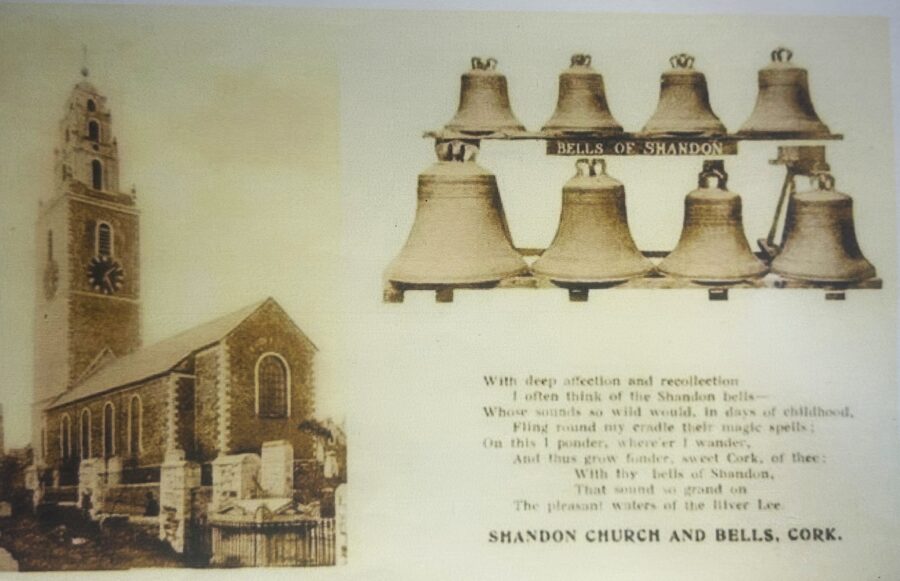
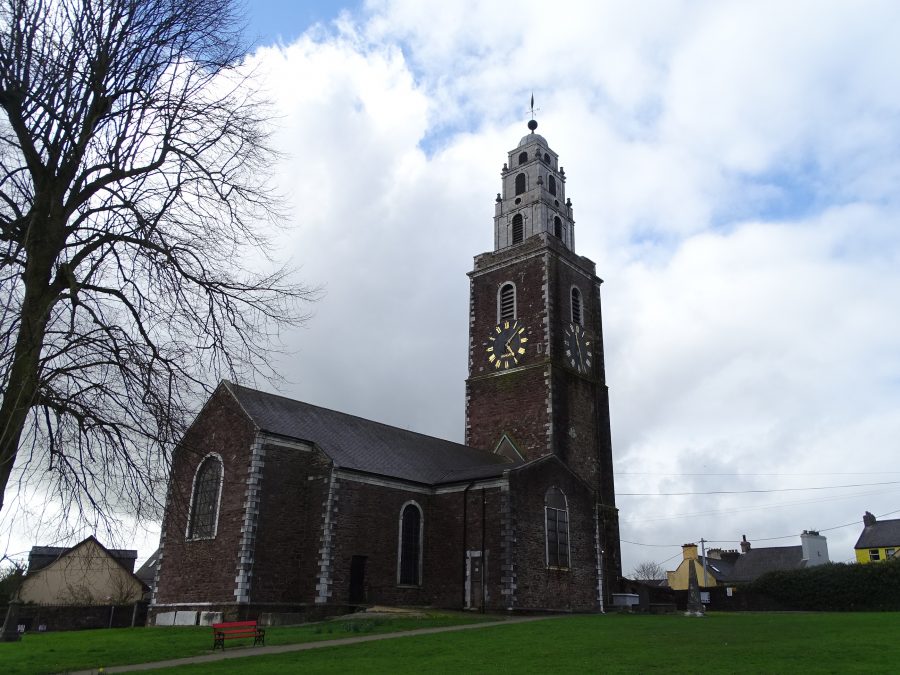
Watch Aerial footage of St Anne’s Church, Shandon:
Dragon of Shandon:
The Dragon of Shandon returns each Halloween Night, 31st of October, once again emerging from the underworld to walk with you for one night in celebration of the ancient tradition of Samhain.
Accompanied by an array of fantastical creatures, púcas and banshees, the 36ft Dragon made entirely of tape will make his way through the streets of Shandon with over 300 spooky performers, live musicians, percussionists and brass bands making this an event one not to be missed. It is the vision of Cork Community Art Link.
Watch a promo film for the Dragon of Shandon! :
Skiddy’s Almshouse:
The attraction of economic fortune caused municipal population figures for the period, c.1711 to c.1730 to increase. In 1706, the population figure was 17,595 with 4,602 houses. In 1725, there were 35, 232 residents with 7,536 houses in the City of Cork. The increase in population resulted in much deprivation among the poorer classes.
Financial support to the less fortunate citizens of Cork was much needed in the early 1700s. In 1715, the Green Coat Hospital was built on a waste piece of ground adjoining the churchyard of St. Mary’s Church, Shandon. Reverend Dr. Henry Maule presented the ground to the trustees of the hospital for development. Thomas Newenham, a Cork merchant and a Quaker, financially subscribed to the completion of the project. In March 1715, construction commenced on further wasteland given by Rev. Dr. Maule adjacent to the Green Coat Hospital to construct two schools. Any citizens interested in attending had to be of Protestant belief. Boys were to be taught reading, writing and accounts whilst girls were to be taught to read, knit, sew and spin. The schools were opened on 12 August 1715 and remained in operation into the nineteenth century. On the entrance to the schools were two statues of a Boy and Girl. In true Cork fashion, the statues were named, Bob and Joan and are now housed in the steeple of St. Anne’s Church, Shandon.
In the first week of February 1717, the trustees of already existing Skiddy’s and Bretridge’s Hospitals, small houses, decided that their premises were too uncomfortable for their impoverished patients. Both hospitals were in essence extensive almhouses located in the area now occupied by St. Anne’s Church. In early July 1718, work began on the new building, which was constructed on land obtained from the trustees of the nearby Green Coat Hospital. The front of the new building was to have stone arches or piazzas, which were to be built through the subscription of Brigadier Sterne and Alderman Knapp. In late September 1719, the almshouse was finished, at a total cost of cost £1,150.
Just east of Shandon Street, the foundation stone of North Infirmary Hospital was laid on the 25th December 1720. Several months later, the building was completed and contained three floors with four rooms on each floor. The North Infirmary is now the site of the Shandon Court Hotel.
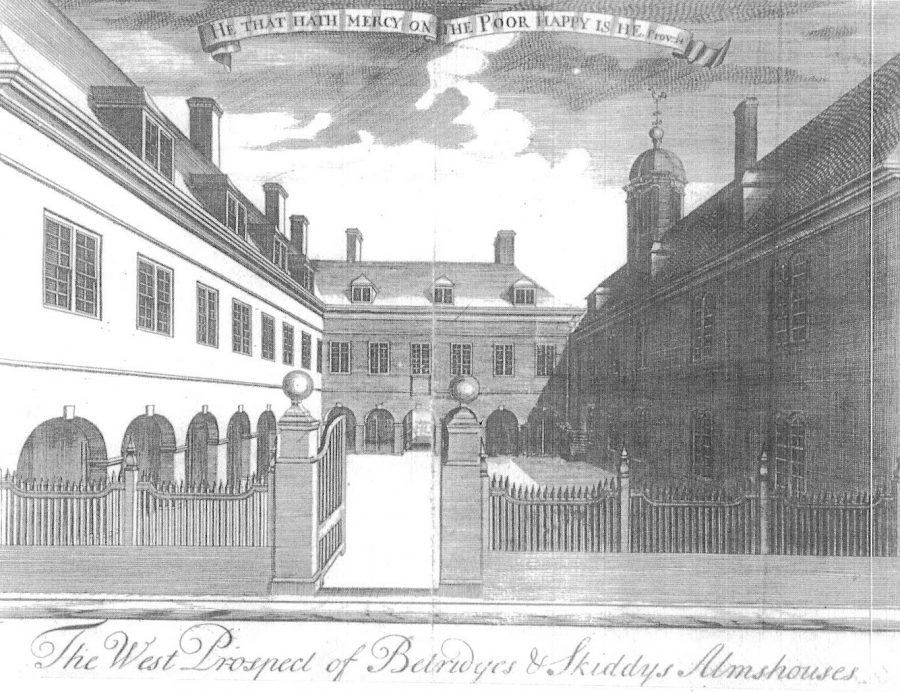
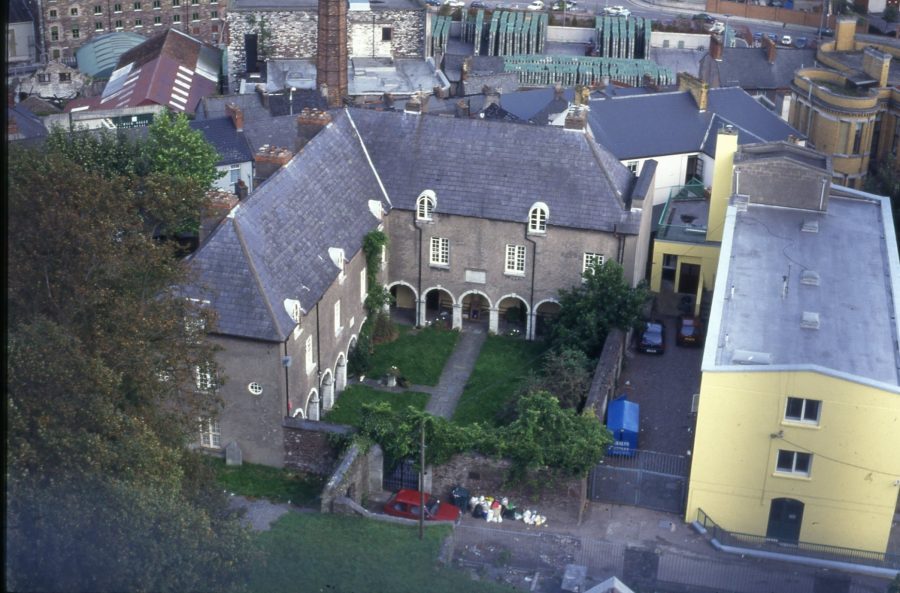
North Infirmary:
There are conflicting historical reports of the infirmary’s origins sometime between 1720 and 1744.Cork historians have argued that that the first infirmary was constructed in 1720 and then a rebooting of sorts of the infirmary in 1744. The latter reboot was supported by a musical society who appropriated their surplus funds for its support.

North Infirmary, Cork, 1810 from William West, A Directory and Picture of Cork and its Environs (source: Cork City Library)
In the 1840s the Infirmary was rebuilt and considerably enlarged. It went from containing 28 beds to 110 beds. In 1842, there were admitted 558 patients and 17,630 externs. It was attended by two physicians and two surgeons.
An extensive annual report of the activities of the North Infirmary appears in the Cork Examiner on 6 May 1919, which provides insights into staff, public demand, hospital space and financial debt. The City High Sheriff Mr W J O’Sullivan and subsequently the Lord Mayor, presided. The Infirmary opened the year’s work of the hospital with 68 beds, occupied by intern patients, consisting of 57 surgical and 11 medical cases. There were 1,054 surgical and 291 medical patients received during the year. Of this large number, 1,033 patients were discharged, cured or relieved, and 252 of the latter were positively treated.
During May 1918-May 1919, there were deaths of 35 surgical and 30 medical patients. A large number of patients from distant parts of the county were treated by the surgeon. As an addition to the main building (opened in 1836 with its wings opening in 1893) a new dental hospital had been opened. In another portion of the new building patients were treated for diseases of the eye, ear, throat, and nose. This department, under Doctor J H Horgan, was deemed much sought after. Owing to the war and other causes, the Rontgen Ray Department has not yet been formally opened, although it was being used for some infirmary purposes.
Reference in the annual report is made to the resignation of Mother Josephine Murphy due to sickness. For many years, she was the Superioress of the Sisters of Charity of St Vincent de Paul, who had charge of the patients and the domestic working of the North Infirmary. Superioress Mother Angela McNally was appointed to the role. The Sisters continued their charge they took up over fifty years previously. In the various wards the full complement was fourteen Sisters. Joining them were two staff nurses and a large number of probationers from Cork’s nursing school.
The sub section of the report on the Eye, Throat, Nose and Ear Department described that with the exception of the period during which the influenza epidemic was prevalent in the city, the Ophthalmic and Laryngological Department of the Hospital continued to be very largely availed of by the poor of the city and county during the previous year. There were many children attending the department. This the report reflected that the parents of impoverished children were beginning to realise more and more that the early and expert treatment of defects of the eyes, the ears and the breathing passages was the “best and only safeguard against the permanent injury of the organs”. Over 2,000 new cases visited the extern division of this department during the year, and the total attendances were nearly three times that number. Nearly 300 surgical operations – many of a serious character – were performed under general anaesthesia, and approximately 150 operations were performed under local anaesthesia.
The infirmary’s history is peppered with tales of hardship and examples of perseverance to maintain a place of care for the sick in the impoverished northside of Cork during the 1700s and 1800s. The battles to fend off threats of closure were faced, and won. Crises were overcome because the management committees could depend on voluntary funding. Indeed, the hospital flourished and expanded, thanks to the pennies of the people of Cork.
However, in 1987 due to National Health Cuts the hospital closed resulting in 205 redundancies. Despite vocal and physical protests from far and wide, there was to be no last minute reprieve. The doors were finally closed on 27 November 1987. Ten years later the building’s next host was the Shandon Court Hotel (now the Maldron Hotel).
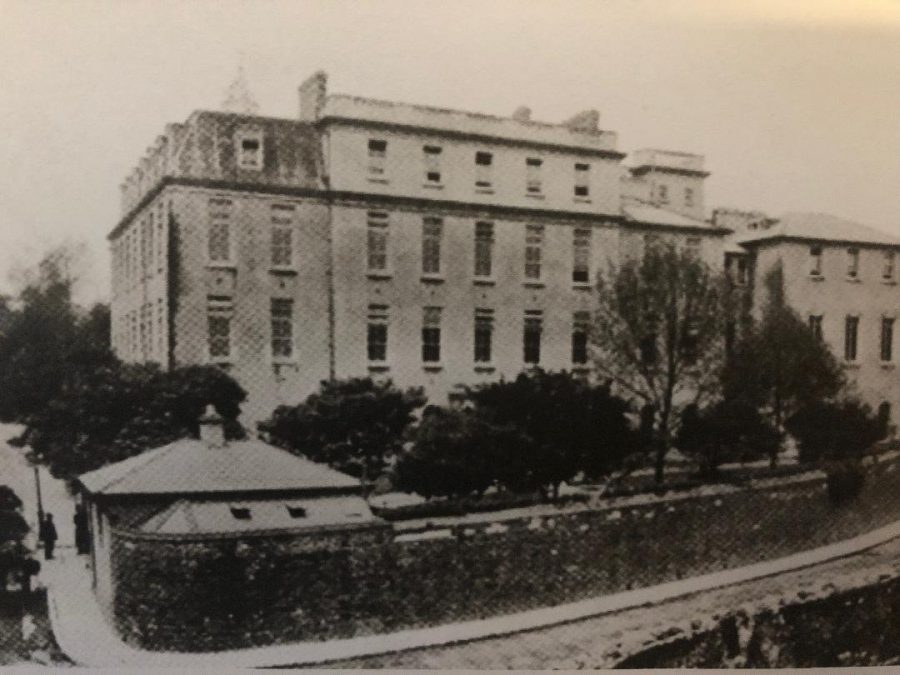
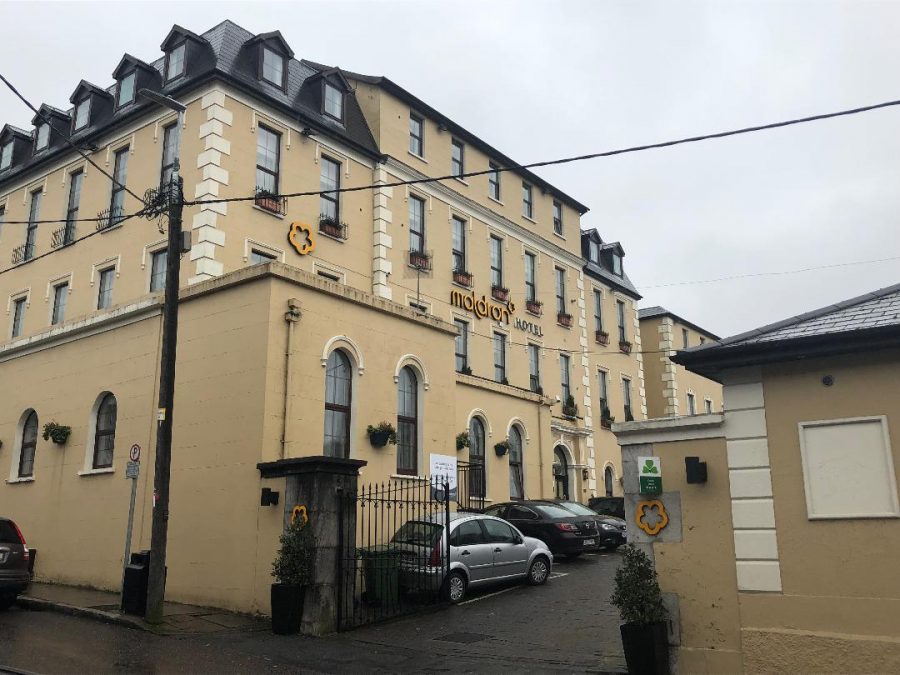
Excerpt from short documentary on North Infirmary:
Jack Lynch:
One of Cork’s favourite sons, Jack Lynch was born under the shadow of St. Anne’s Church in 1917. Jack Lynch was a gifted sportsman. In the 1940s he played on the Cork All-Ireland minor and senior football teams, winning several All Ireland medals. His second passion was politics, and he stood for Fianna Fáil in the 1946 bye-election, going on to serve as minister in the departments of Education and Industry and Commerce. In 1966, he succeeded Seán Lemass to become Taoiseach. He was a leading figure in the negotiating team that signed of the Treaty of Accession into the EEC – a move that initiated Ireland’s economic recovery and Celtic Tiger days. Lynch’s focus as Taoiseach was Northern Ireland, and he worked tirelessly towards a peaceful solution to the Troubles.
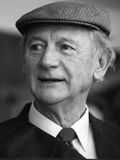
Watch a short film: In a landmark statement broadcast on radio and television, the Taoiseach Jack Lynch asks the British government to request a peace-keeping force from the United Nations.
St. Mary’s and St. Anne’s North Cathedral:
The present Cathedral of St. Mary’s and St. Anne’s is the fifth church on the site since the early 1600s (1624, 1700, 1730, and 1808). The story of the present day structure is as follows. In 1820, an immense fire greatly damaged the fourth cathedral so much so that it was really the skeleton structure of the burned cathedral that survived. However all was not lost and shortly after, the bishop of that time, John Murphy delegated to architect, George Pain, the rebuilding of the then 12 year old cathedral, inside and outside. George Pain was also responsible for the design of buildings such as Holy Trinity Church, St. Patrick’s Church and Blackrock Castle.
Between 1862 and 1867, another addition, a tower on the western end was worked on. The local Canon, Foley oversaw the project but unfortunately the project was a complete disaster as funds for the tower went into quick decline. Consequently, Canon Foley had to become the clerk of works, director of operations, mason and labourer. To economise even more, the facing stones were cut in a way that they would cover more space. Disasterously, when a certain height was reached, the stones with the upright grain burst and work was halted.
In 1868, at an influential meeting of Catholic citizens, convened by then Bishop of Cork and Cloyne, Delany, certain alterations and improvements to the church were debated. The plans prepared by Sir John Benson were discussed and adopted. His plans for the new cathedral comprised a new overall geometrical plan or a plan, which reflected thirteenth century architecture. By the proposed plans, the church was to be enlarged to double its contemporary size with magnificent architecture. It was proposed to add to the east end, a nave, choir, chancel with four chapels and transepts with side aisles.
The external features were also to be on a grand scale. To be added to the side walls of the former church were buttresses or supports for the wall itself and parapets surmounted with minarets (small towers). To complete the cathedral, a spire was to be added to the western tower.
Early work commenced on the rebuilding of the buttresses, re-arrangement of the windows, and addition of the parapet and minarets to the southern aisle of the nave. By July 1869, many of the outer features were completed under the contractor, Mr. R. Evans, Union Quay including the parapets, spire and minarets. However, this was when the project ran into financial difficulty and the remaining features of Bensons’ proposals were never carried out. Instead of the proposed spire, four pinnacles were designed and constructed. At a height of one hundred and fifty –two feet, the present day cathedral stands ten feet higher than the adjacent tower of St. Anne’s Church, Shandon.
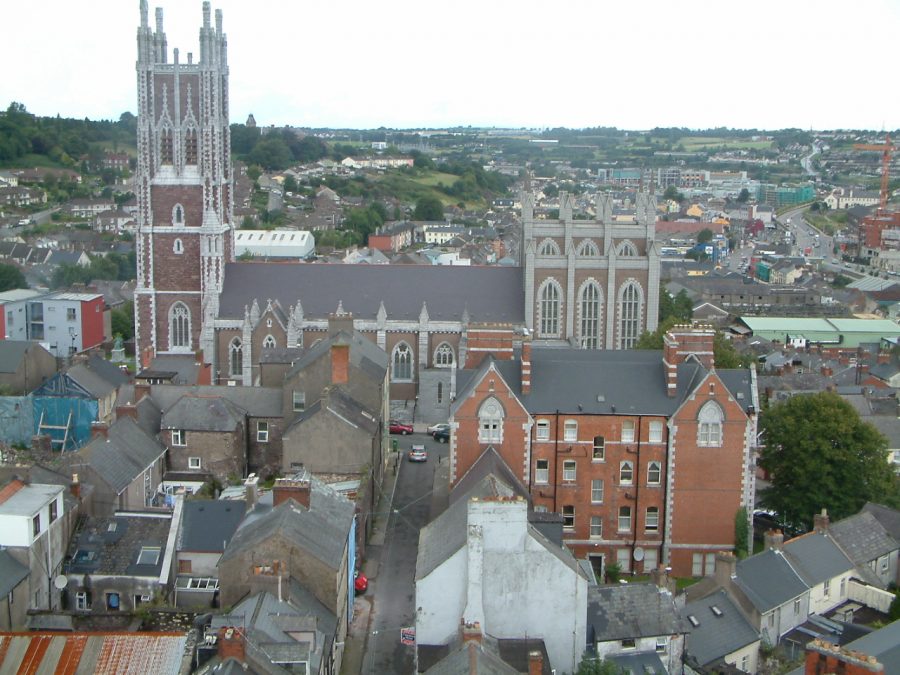
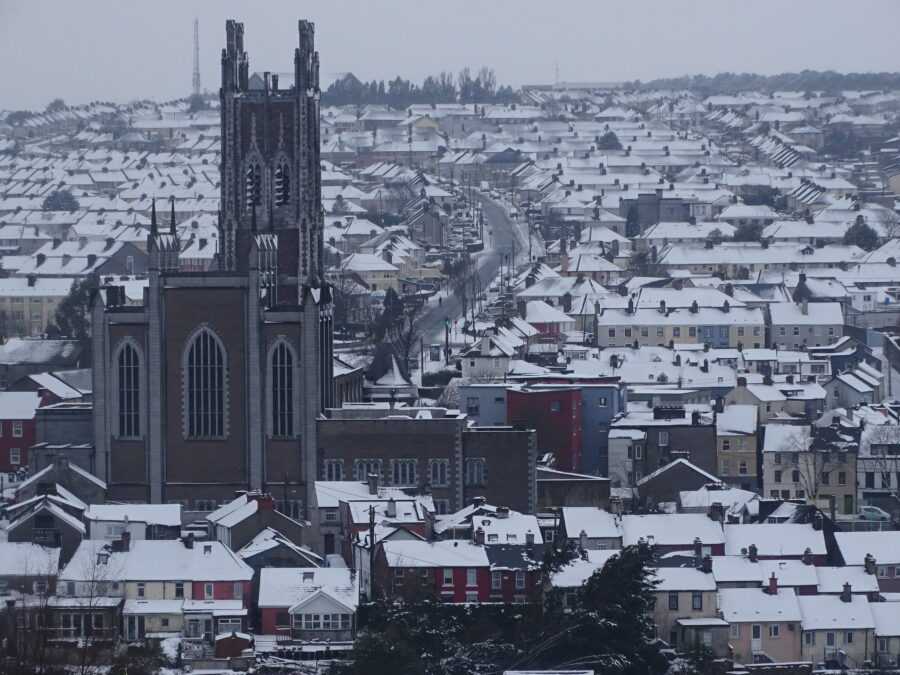
Religious Sisters of Charity:
In the first decade of the 1800s, the Catholic Bishop of Cork, Francis Moylan, wished to answer the needs of the poor in the city. He was anxious for religious orders to establish themselves in the urban area. In the early 1820s, his successor, Bishop Murphy was to invite Mother Mary Aikenhead (originally from Cork) and her order the Religious Sisters of Charity to Cork.
Five Sisters of Charity along with Mother Mary Aikenhead came to Cork in 1826. Mother Aikenhead stayed to see them established. The Sisters ministered to the temporal as well as the spiritual needs of the poor. The dwelling, which Bishop Murphy had selected for the community, was a damp, gloomy and tumble-down house. It stood close to the North Cathedral in the poorest quarter of the city. The Cork house was high, narrow, and crooked, with a ladder-like stairs, a questionable roof, whitewashed walls, no garden but a small yard. The convent was officially called ‘Our Lady of Dolours’ but the Sisters jokingly called it ‘Cork Castle’. Life was not easy. The Cork Sisters could not afford a chaplain, and thus rarely heard mass in the Convent. This changed when a young priest, Rev. John Crowe, offered to say mass in their small oratory.
On the 19th November 1826, the Sisters began the formal visitation of the poor in the North Parish. Typhus fever was raging and the wretched slum area visited by the nuns was a hotbed of infection. They distributed tickets for food and coal, which were placed at their disposal by City Officers of Health. The Sisters also gave religious instruction in the North Infirmary. At the Bishop’s request, the Sisters visited a local Refuge for Women, which had been founded in 1809 by the financial support of prominent city merchant, Nicholas Terry, and was then under secular control. The Refuge accommodated thirteen young women when on the 8th June 1846 at the request of the Bishop, the Sisters took charge of the Institution. Two years previously In 1844, a larger convent, named St. Vincent’s was built in Peacock Lane, very near to Eason’s Hill in the Shandon area. The Sisters opened an infant school near this site in 1857. This was later followed by primary and secondary schools.
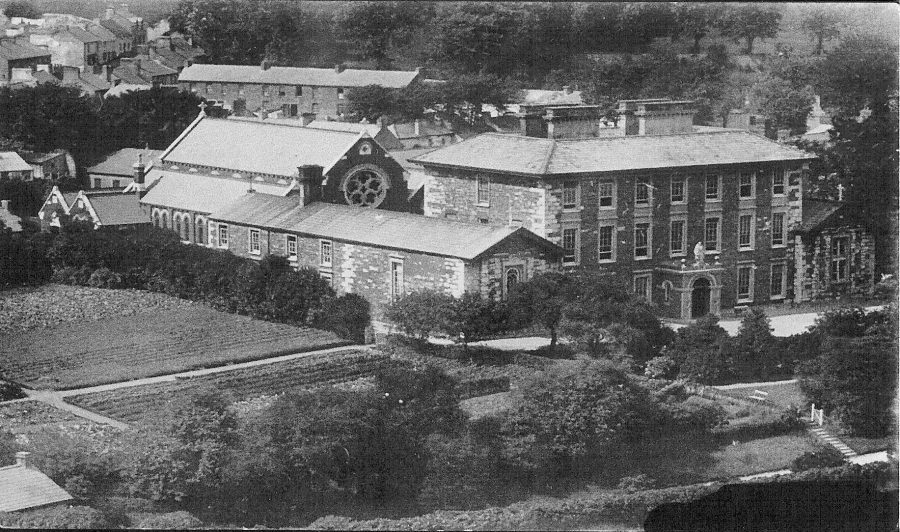
Mother Jones Festival:
The Cork Mother Jones Commemorative committee was established in 2012 to mark the 175th anniversary of the birth of Mary Harris / Mother Jones in Cork. After a highly successful festival marking that anniversary it was decided to make the festival an annual event marking the life and legacy of Mother Jones. Although famous in other parts of the world, especially in the United States of America where she was once labelled “the most dangerous woman in America”, Cork born Mary Jones (née Harris) – or Mother Jones as she is perhaps more widely known – was virtually unknown and not recognised as yet in her native city. The festivals and activities of this committee have changed that and now the name of Mother Jones is better known in Cork and beyond.
The Cork Mother Jones Commemorative Committee, in conjunction with Cork City Council commissioned Cork Sculptor Mike Wilkins to create a limestone plaque to honour Mother Jones in the Shandon area of the city, near her birthplace. This plaque was erected near the famous Cork Butter Market and was unveiled on 1 August 2012 which is the 175th Anniversary of her baptism in the North Cathedral. Her parents were Ellen Cotter, a native of Inchigeela and Richard Harris from Cork city. Few details of her early life in Cork have been uncovered to date, though it is thought by some that she was born on Blarney Street and may have attended the North Presentation Schools nearby. She and her family emigrated to Canada soon after the Famine, probably in the early 1850s. Later in the United States, after tragic deaths of her husband George Jones and their four children, she became involved in the struggle for basic rights for workers and children’s rights, leading from the front, often in a militant fashion.
Mary is best known for her fiery speeches against the exploitation of miners; she was utterly fearless, travelling all over America to defend workers and their families. Mother Jones was one of the best and most active union organizers ever seen in America. She became a legend among the coalminers of West Virginia and Pennsylvania.
Mother Jones was fearless and faced down the guns and court threats of the mine bosses. In 1905 she was the only woman to attend the inaugural meeting of the Industrial Workers of the World (Wobblies). Later she became an organiser for the Socialist Party and continued her defence of workers in industrial disputes across America. She was arrested and jailed in West Virginia for her activities during the Paint Creek, Cabin Creek strikes, but later released following large demonstrations of her supporters. Between 1912 and 1914 she was involved in the “coal wars” of Colorado which led to the infamous Ludlow Massacre, where 19 miners and members of their families were killed. She was imprisoned many times but always released quickly due to huge local support for her activities.
Described as “the most dangerous woman in America”, her cry of “Pray for the dead and fight like hell for the living” still resonates through history! Her autobiography was published in 1925. She passed away at the age of 93 in 1930 and is buried at Mount Olive Union cemetery in Illinois, where a museum will be erected to her memory shortly. When she died in 1930, she was a legend in her adopted land. A magazine (Mother Jones) is still published to this day, along with dozens of books and countless references in US Labour History. She certainly can claim to be the most famous Cork woman in the history of the United States of America.
